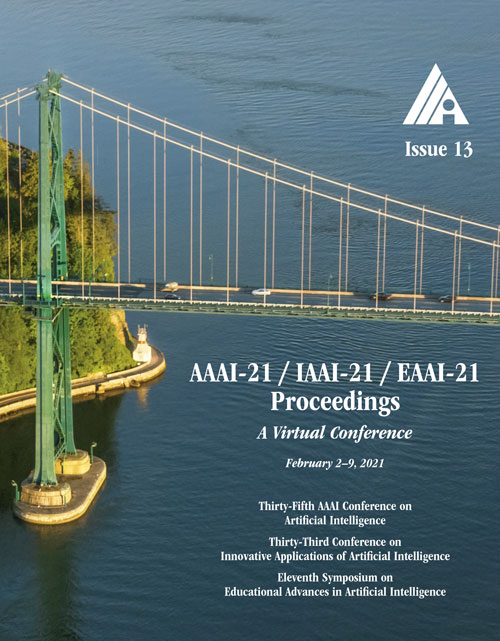Planning with Learned Object Importance in Large Problem Instances using Graph Neural Networks
DOI:
https://doi.org/10.1609/aaai.v35i13.17421Keywords:
Planning/Scheduling and LearningAbstract
Real-world planning problems often involve hundreds or even thousands of objects, straining the limits of modern planners. In this work, we address this challenge by learning to predict a small set of objects that, taken together, would be sufficient for finding a plan. We propose a graph neural network architecture for predicting object importance in a single inference pass, thus incurring little overhead while greatly reducing the number of objects that must be considered by the planner. Our approach treats the planner and transition model as black boxes, and can be used with any off-the-shelf planner. Empirically, across classical planning, probabilistic planning, and robotic task and motion planning, we find that our method results in planning that is significantly faster than several baselines, including other partial grounding strategies and lifted planners. We conclude that learning to predict a sufficient set of objects for a planning problem is a simple, powerful, and general mechanism for planning in large instances. Video: https://youtu.be/FWsVJc2fvCE Code: https://git.io/JIsqXDownloads
Published
2021-05-18
How to Cite
Silver, T., Chitnis, R., Curtis, A., Tenenbaum, J. B., Lozano-Pérez, T., & Kaelbling, L. P. (2021). Planning with Learned Object Importance in Large Problem Instances using Graph Neural Networks. Proceedings of the AAAI Conference on Artificial Intelligence, 35(13), 11962-11971. https://doi.org/10.1609/aaai.v35i13.17421
Issue
Section
AAAI Technical Track on Planning, Routing, and Scheduling

